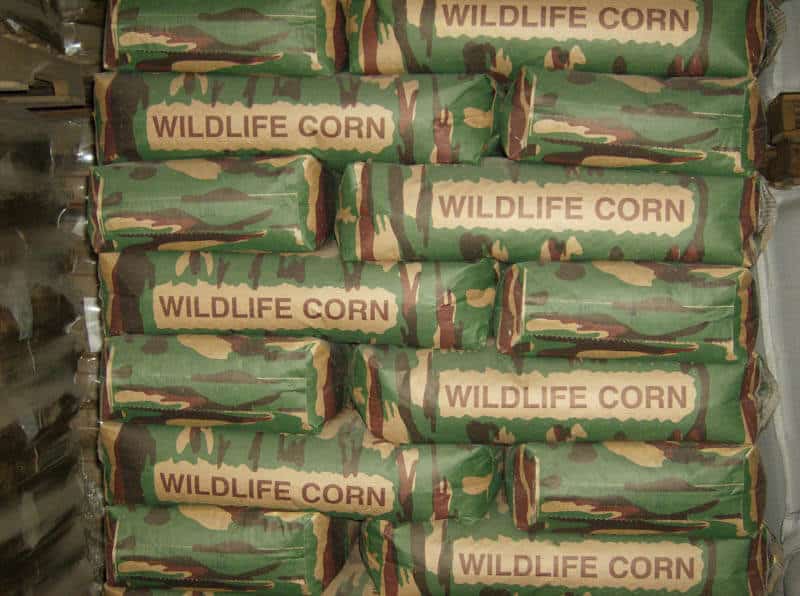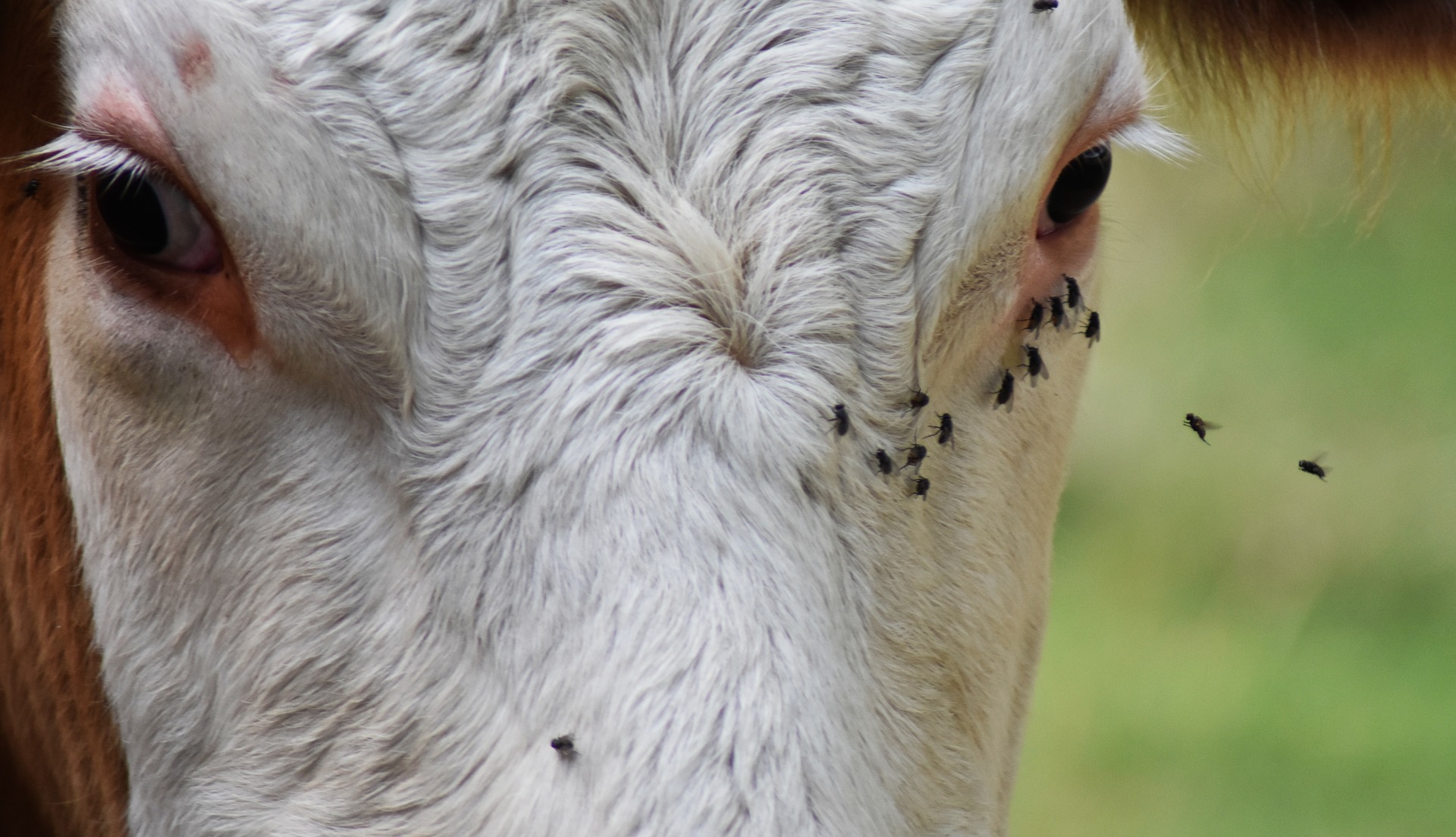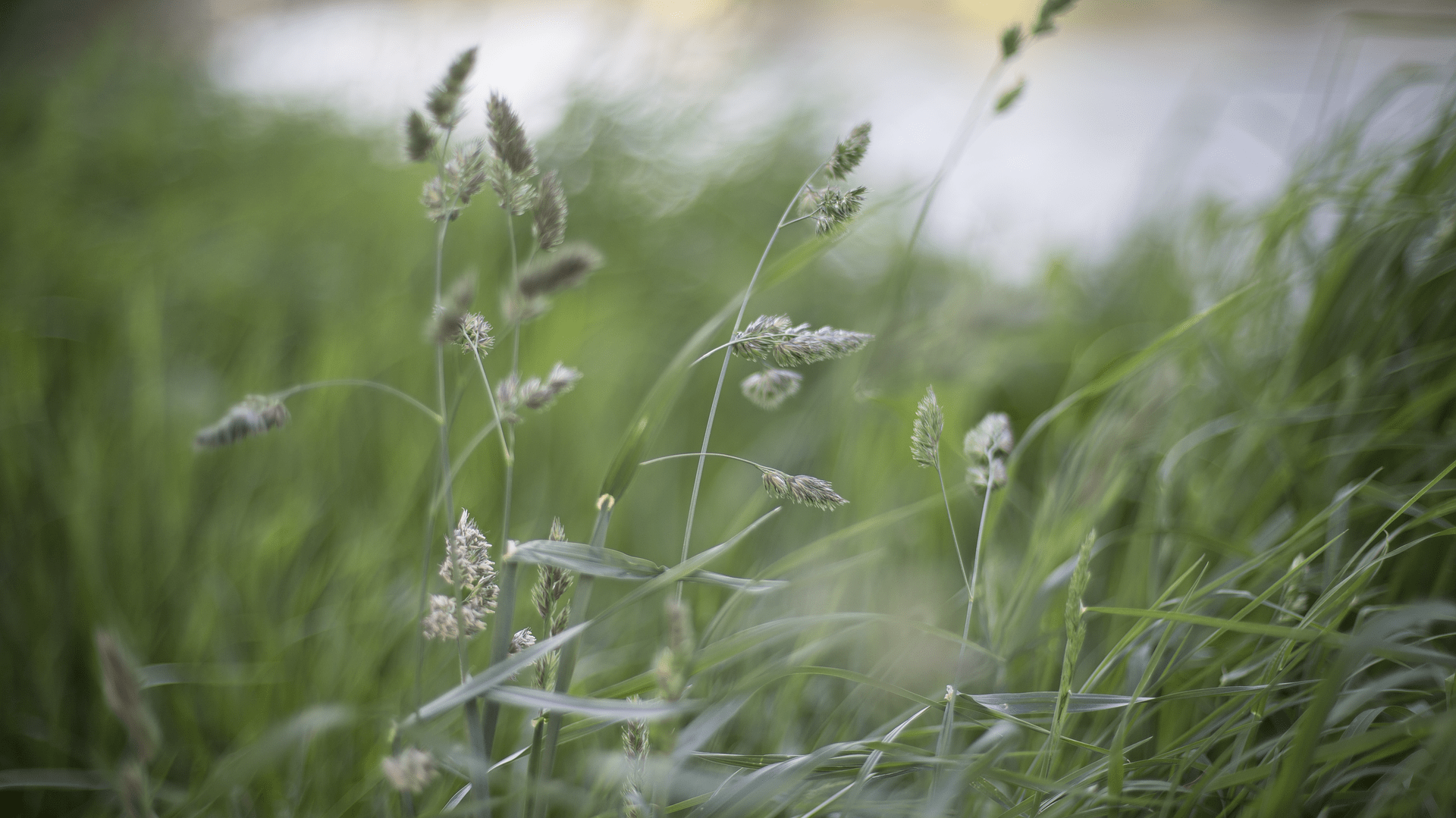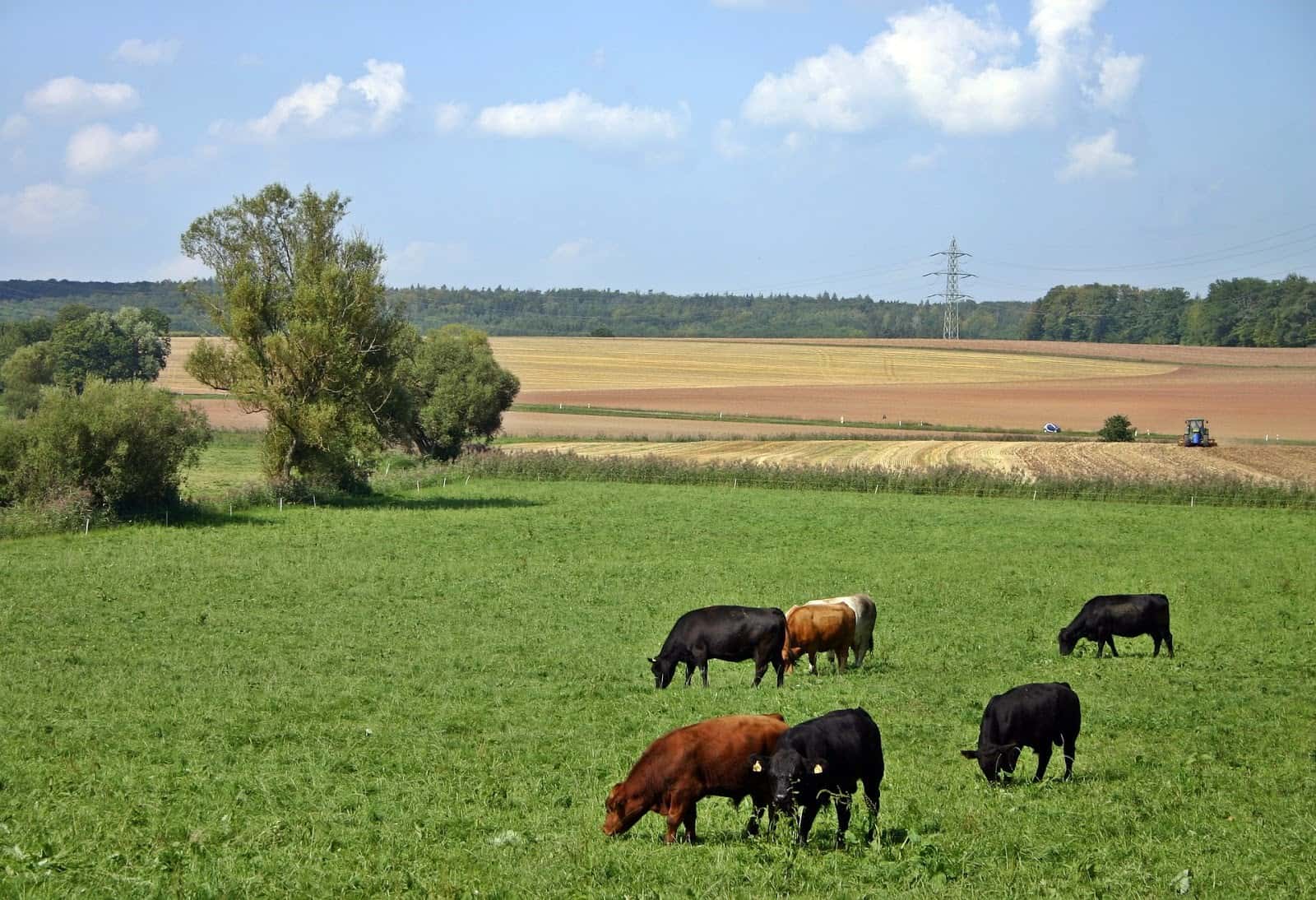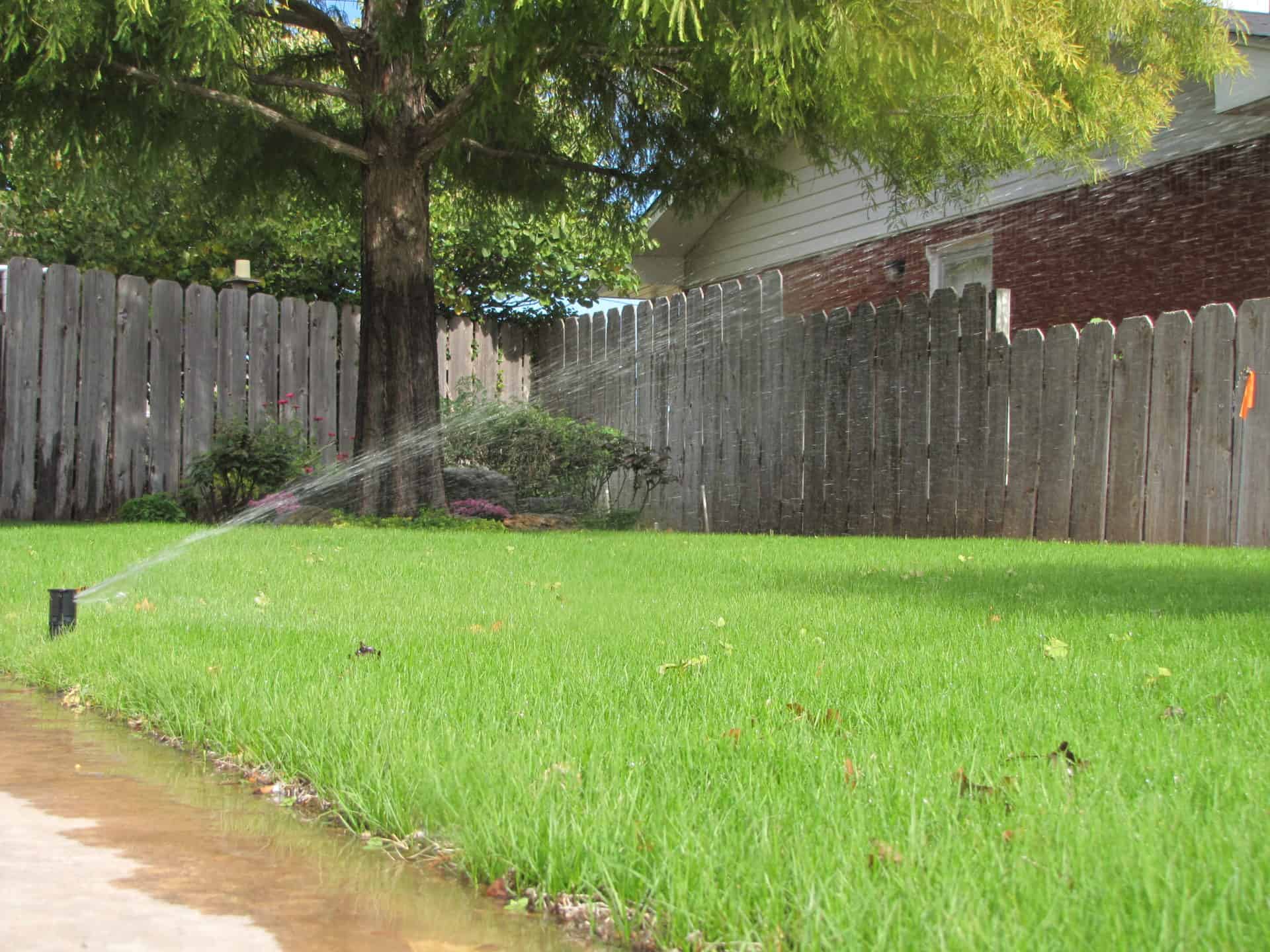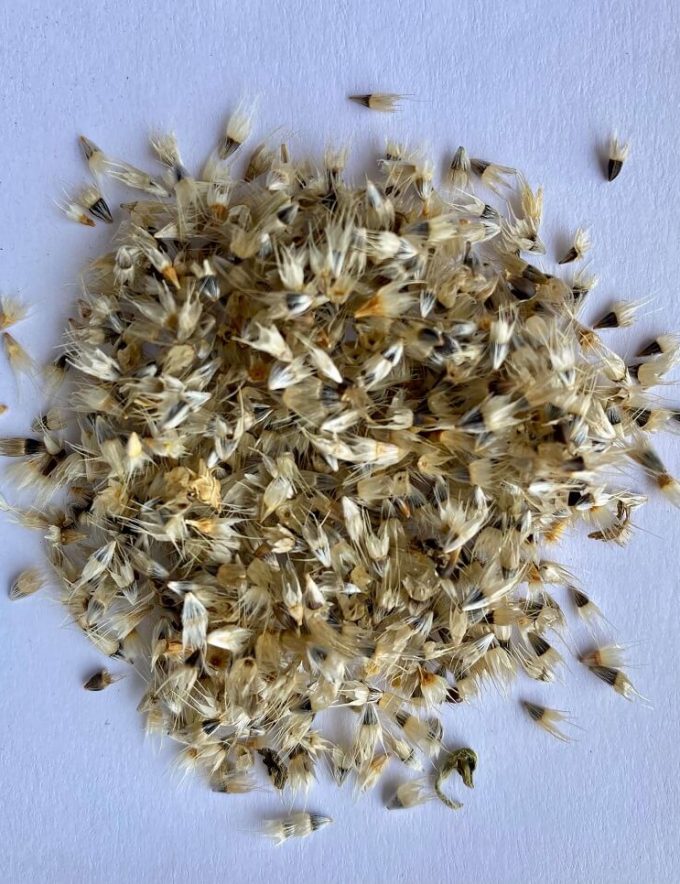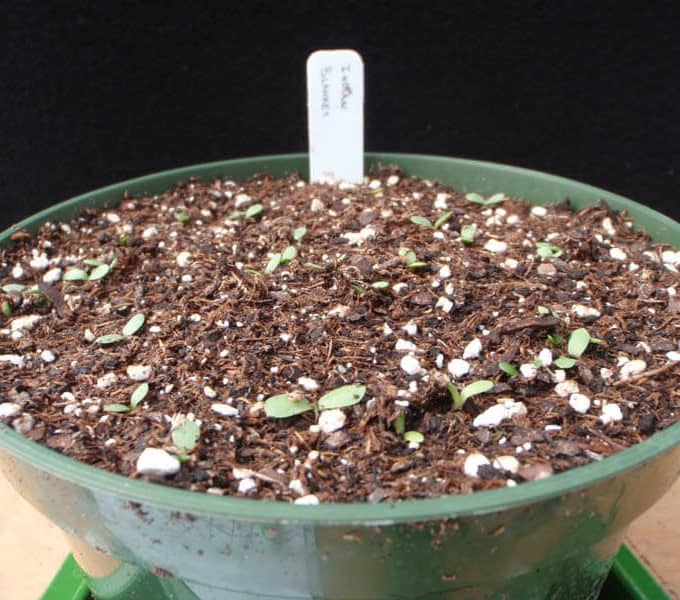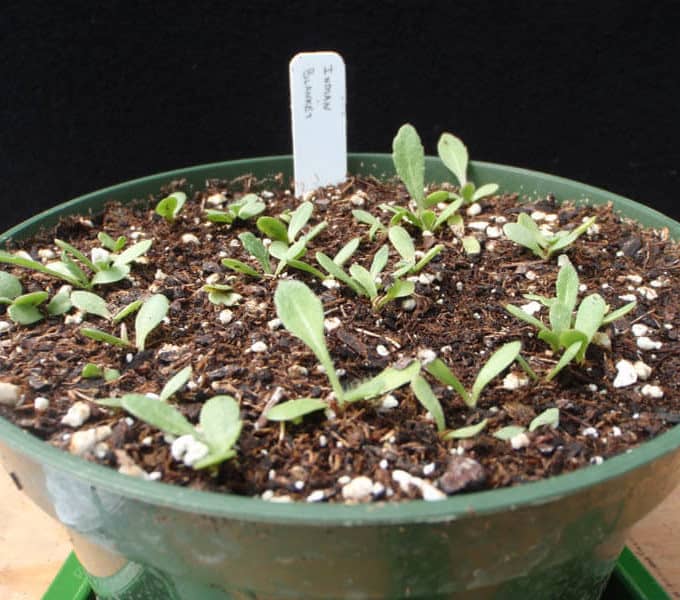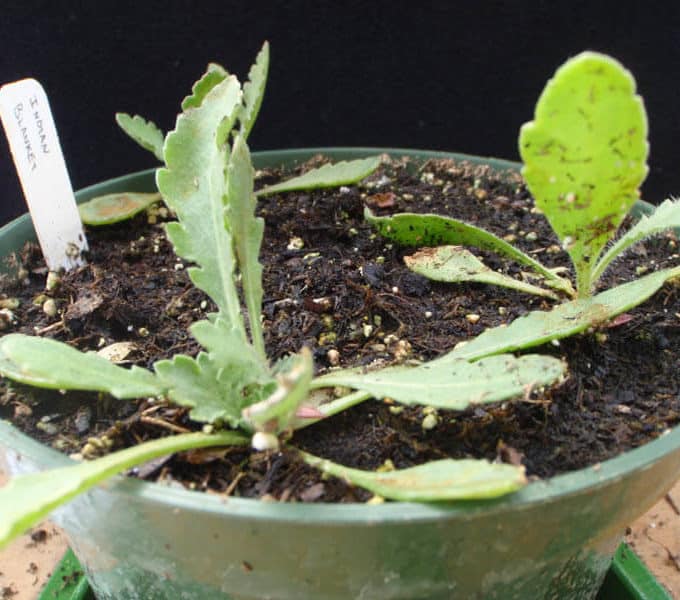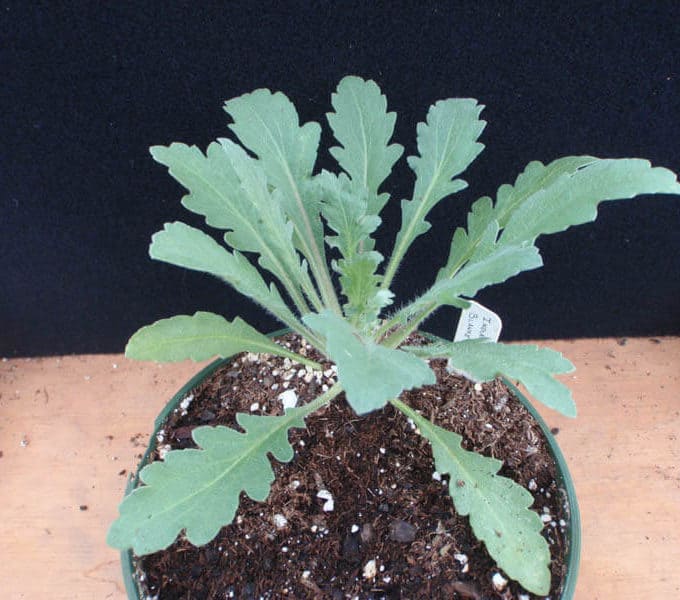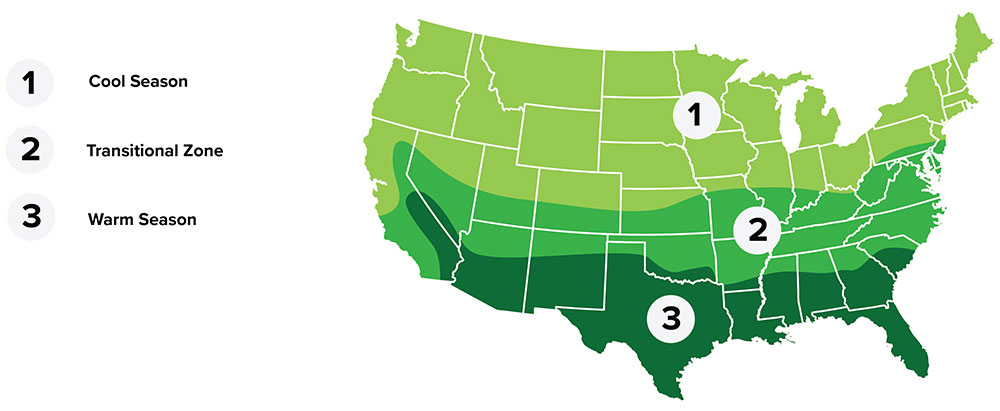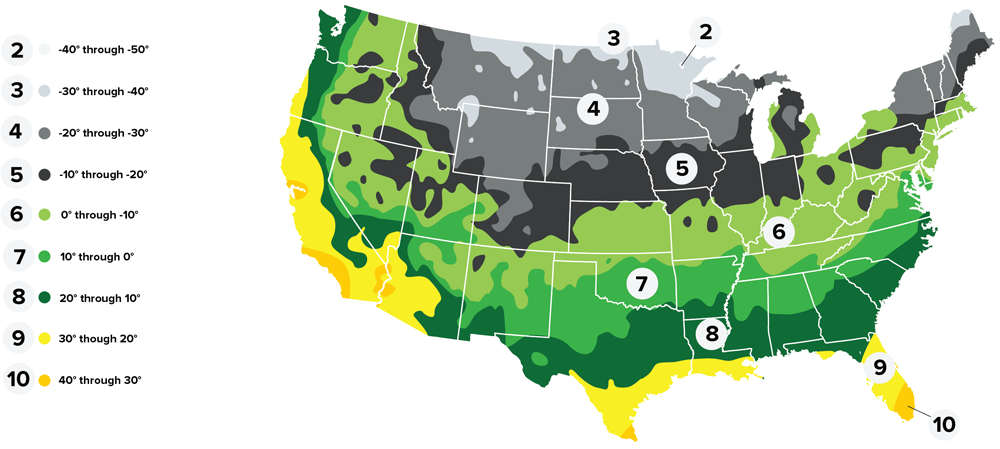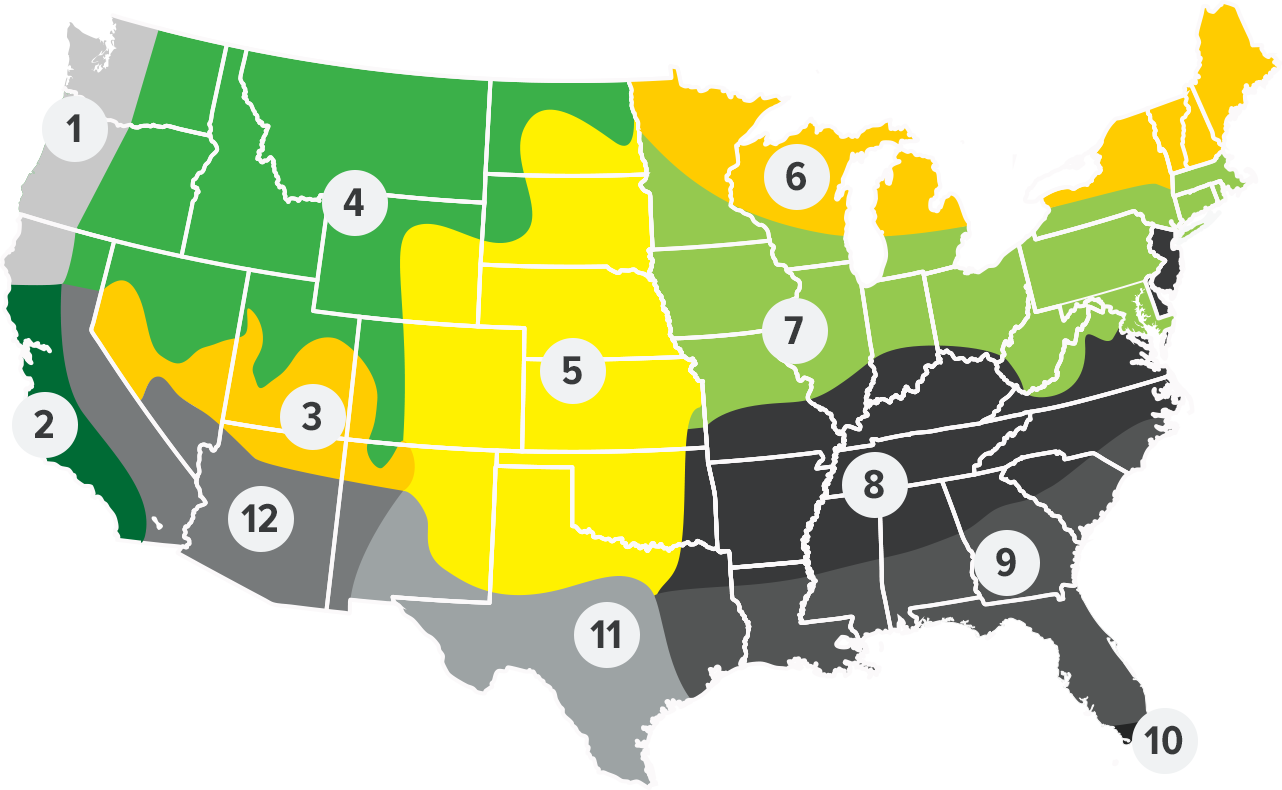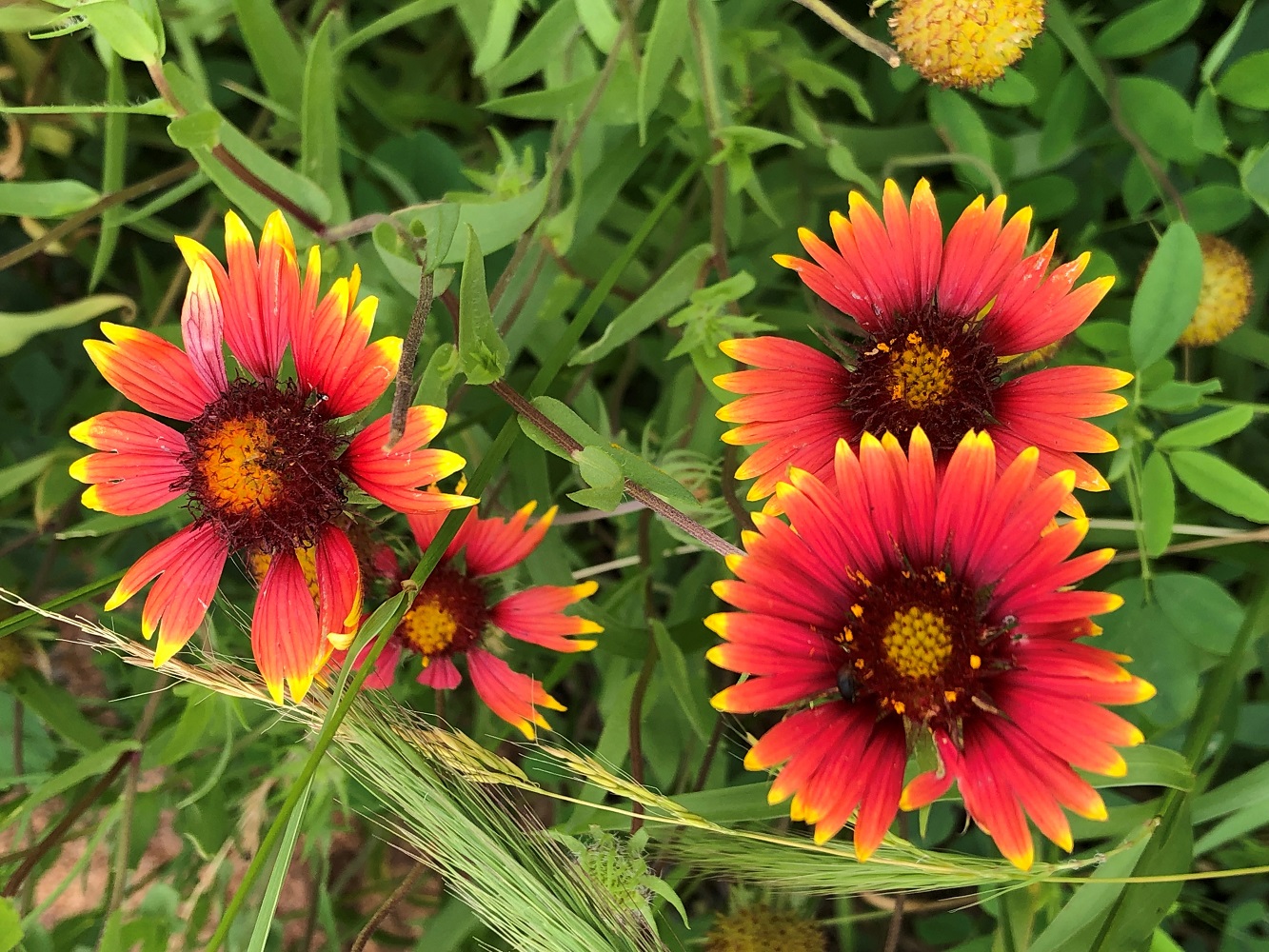
INDIAN BLANKET
Summary
Indian Blanket, celebrated as the state wildflower of Oklahoma, adds a burst of vibrant color to landscapes across the central region of the United States. This annual species, known for its resilience and beauty, thrives in a variety of habitats, from roadside verges to expansive prairies, particularly favoring sandy soils.
As a bunch-type flowering plant, Indian Blanket boasts exceptional drought hardiness, making it well-suited for arid environments and water-wise landscapes. Its ability to thrive in marginally fertile soils further enhances its adaptability, allowing it to flourish even in less-than-ideal growing conditions.
The striking display of Indian Blanket comes to life when it reaches its peak flowering stage, forming dense colonies of pinwheel-shaped flowers in vivid shades of red and yellow. This eye-catching spectacle not only enhances the visual appeal of the landscape but also attracts pollinators, including bees, butterflies, and hummingbirds.
One of the notable characteristics of Indian Blanket is its prolific reseeding behavior, making it an excellent choice for naturalizing areas and creating dynamic wildflower displays. By allowing the plants to reach maturity and disperse their seeds, gardeners can enjoy a continuous cycle of blooms year after year, perpetuating the beauty of Indian Blanket in their gardens and surroundings.
In summary, Indian Blanket stands as a testament to the resilience and splendor of native flora, offering not only aesthetic delight but also ecological value as a source of nectar and habitat for wildlife. As a symbol of the American prairie, it continues to captivate with its vivid colors and enduring charm, enriching landscapes and inspiring appreciation for the natural world.
Be sure to check out our wide selection of native wildflowers!
Learn more about wildflowers in our “Growing with Us” podcast!
Plant Characteristics
Taxonomy
Zone
- Regional Growing Zone
- 1 - Northwest Coastal, 2 - California Coastal, 3 - Southern Mountain, 4 - Mountain, 5 - Midwest, 6 - Northeast Lakes, 9 - Southeast, 11 - South Texas, 12 - Southwest
- USDA Plant Hardiness Zones
- 1, 2, 3, 4, 5, 6, 7, 8, 9, 10
- Temperature Zone
- Warm, Cool, Transitional
Plant Characteristics
- Height
- 12" - 24"
- Bloom Period
- Summer
- Bloom Color
- Red
- Bloom Description
1 to 2 inches across, pinwheel of orange to reddish, yellow, and brown
- Leaf Color
- Green
- Growing Cycle
- Annual
- Sun Requirement
- Full Sun
Plant Information
- Planting Season
- Fall
- Plant Depth
- 0.125"
- Establishment
- Easy
Seed Information
- Seeds Per Pound
- 154,000
- Kingdom
- Plantae
- Subkingdom
- Tracheobionta
- Super Division
- Spermatophyta
- Division
- Magnoliophyta
- Class
- Magnoliopsida
- Subclass
- Asteridae
- Order
- Asterales
- Family
- Asteraceae
- Genus
- Gaillardia
- Species
- Gallardia pulchella
Coverage Area & Available Sizes
Applications
Attractive in mass plantings as well as in species mixes.
Desirable color component in most prairies.









